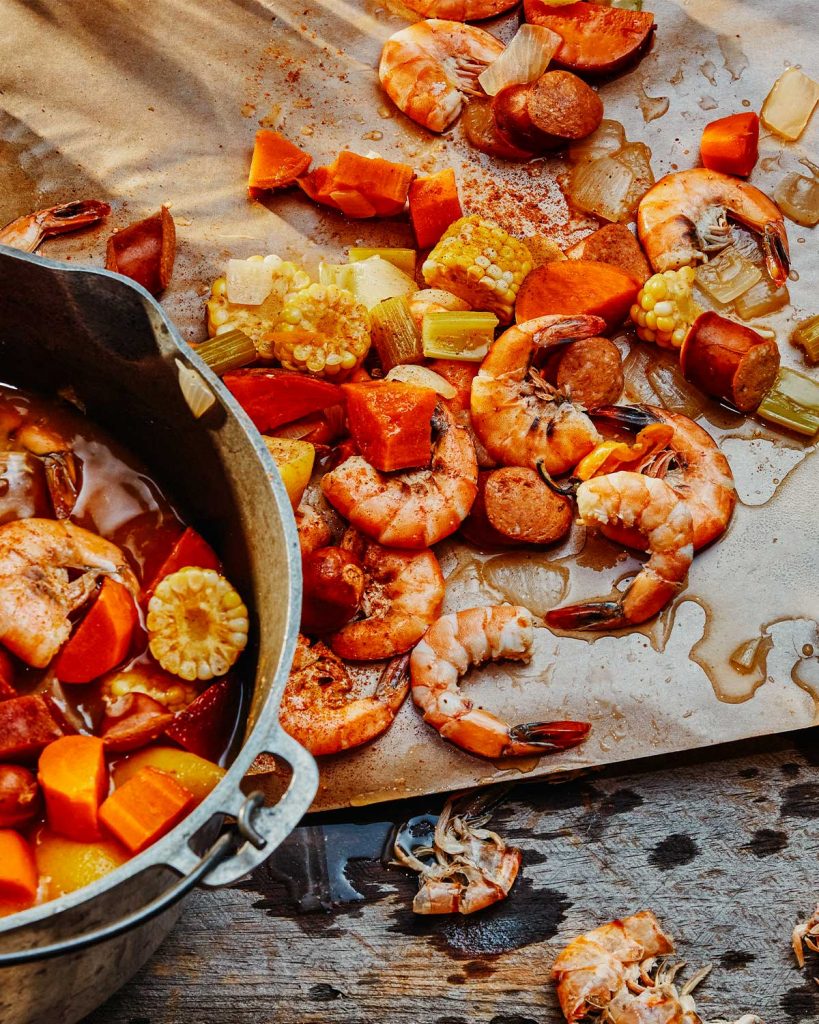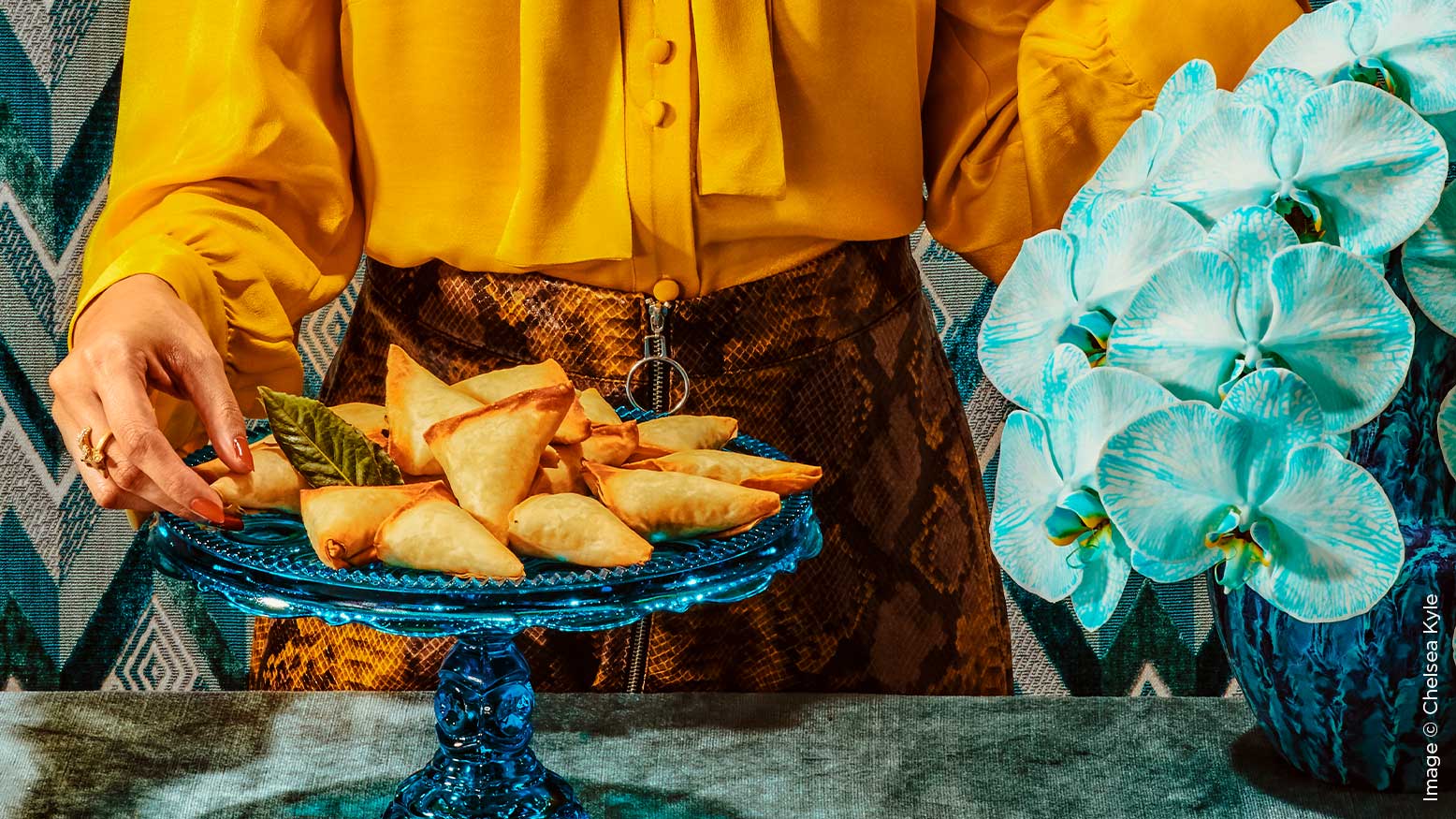The Business of Food Photography with Chelsea Kyle
The business of food photography is not as simple and straightforward as some may think. Like with fashion, sports, and still-life photography, there are areas of focus that food photographers specialize in that distinguish them from their peers. How you focus your imagery, the teams you enlist, and the tools you use all determine how you create success and a style in food photography.
Regardless of what path in photography you choose, the success and longevity of your career depends on how you price and negotiate your rate based on which type of job you’re pursuing.
Creating a Brand For Yourself
Beyond just commercial, fine art, and editorial lies a balance of creating desire and centering around something people ingest. Food and drink photography can be documentary, illustrating a recipe or a type of meal. It can be abstract and have little context and solely serve as a prop, and it can be commercial or made with the sole purpose of advertising and creating hunger or thirst for a product and/or the lifestyle that goes with it. How specifically you capture food and drinks needs to be honed to set yourself up for success in each niche that you wish to photograph. I always say you shoot for the client you want to get, learn from the ones that you don’t, and display the work that falls in line with what you most want to be hired for.
Editorial/Recipe Photography
The main purpose of the imagery is to illustrate a recipe, method of cooking, or story around a particular food or recipe. While this can be uniquely stylized, the most important feature of the imagery is to be literally illustrative. Unlike more classically known commercial food photography that can be exaggerated, editorial food photography must be representative of the ingredients and outcome the reader would have. If an ingredient is shown in the image that isn’t in the recipe, it can hurt the integrity of the recipe and the recipe developer.





